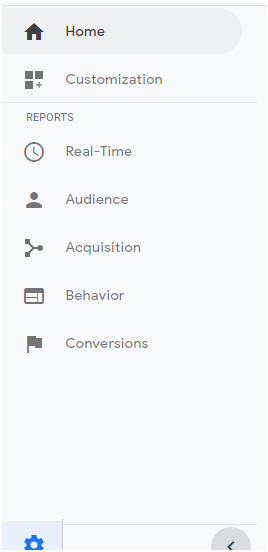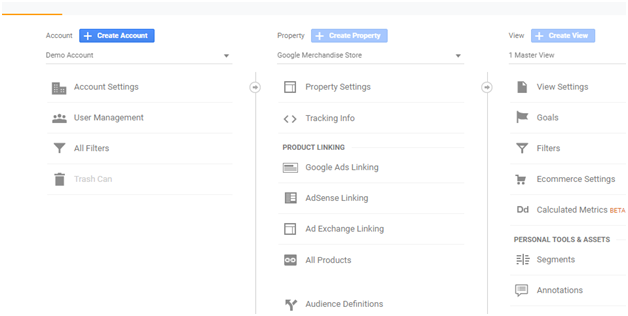How to Set Up Goals in Google Analytics
Recently updated: February 10th, 2025
Google Analytics is a good way for a business website. What is more interesting is that there are many more resources within Google analytics. One of them is the ability to set goals or conversion metrics.
What does goals in Google analytics mean?
Google defines goals as what measures how well your site or app fulfills your set objectives. A goal is the action that has done on your site, for example, if you want users to download e-books, and a visitor did that, your goal has completed.
What makes goals and conversions critical for business?
Setting up goals is crucial and this helps you measure and compare metrics important to your business. Keeping tab on things like pageviews, bounce rate and average session duration can
be helpful. But if your goal is to yield more revenue for your business, whether through SEO services, SEO packages, or other digital offerings, these metrics are of value for you.
Setting up goals will allow you to effectively measure metrics like the number of clicks on CTAs, number of leads generated, or even number of sales completed.
Also, this makes it easier for you to analyze report on, and optimize for conversions.
Once you have set up your goals, you can use Google Analytics’ default reports that allows you see which channels you have get highest conversion from. Also, you can analyze the traffic you get from each channel is the type of traffic you need.
Types of Goals, and Setting Them Up
Goals in Google Analytics allow you to see how visitors interact on your website. For example, you can track form submissions, clicks, and account creations, and e-books.
If a visit performs a specific action that you have set as goal, Google Analytics records it as a conversion. But it will do that provided you have allowed the analytics to do so. And that is why setting up goals is crucial.
To set up goals, you have to first long in to Google Analytics and go to the admin tab that you will find at the bottom on the left.

As you click the admin, you land on a page that looks like this.

Now click on the drop down to choose an account or you can also create a new account if you need so. Do the same with property and view. Choose the property and view. Once you have done with (have chosen account, property and view), that you would like to add a goal for, now click on the goals.

You will see a window like that where you can add goals by clicking on the new goals button. If you do not see that, this means you don’t have enough permission to add goals for the account you have chosen.
As you click on the new goals, you are asked whether you want to use a template or create a custom goal. Choose what you want and what seems best for you. However, you should choose custom as this allows you to add something needed.
Once you have selected and clicked the button “continue”, and what you need to do next is give a name to your goal. It is better to use something descriptive like completed contact form or clicked a blog CTA.
Every interaction you track on your website can be broken down into one of 4 Google Analytics goal types:
- URL Destination
- Duration
- Pages/Visit
- Events
URL destination goal
This type of goals are mainly used to measure how many newsletters have been signed up, resources downloaded (like whitepapers or eBooks), contact forms completed, or purchases made.
Duration goal
This type of goal allows you to know for how long a visitor stays on your site. If a visitor spends time more than the specified amount of time, duration goals are completed. This means that each visitor can complete this goal once per sessions.
Setting duration goals is good thing if you want to find engaged users people who are visiting your support site can’t find what they’re looking for.
Events
This type of goals is considered completed when a fixed event is fired on a page. Event may include anything, and this depends on how they’re implemented. This allows you to track forms that don’t redirect visitors to a destination page, track clicks on buttons, views of a video, or any other interaction between a visitor and your site.
Pages/Visit
Visit goals are goals that are completed when a visitor visits more than specified pages in one session. Like duration goals, this is also less common goals, and is used by publishers who want to measure if readers are reading more than one story.
Latest posts by Vijaya Tyagi (see all)
How To Track Shopify SEO Performance & Metrics (2025) - January 14, 2025
Link Building Strategies: The Ultimate Techniques for 2025 - December 31, 2024


